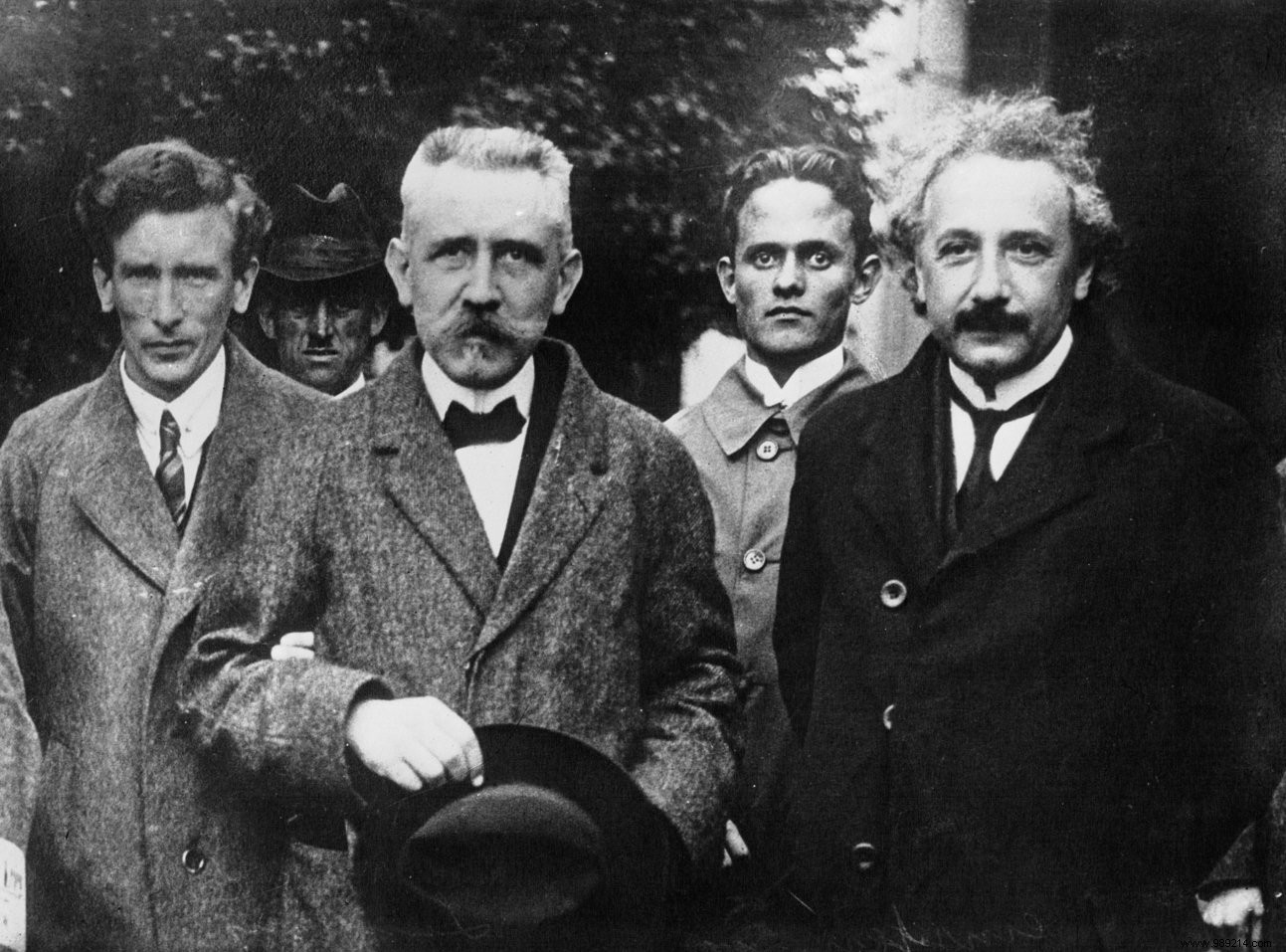The last years of Albert Einstein's life were punctuated by severe abdominal pain. To deal with it, the theoretical physicist underwent surgery involving… cellophane. An ingenious operation that allowed one of the greatest geniuses of our time to gain a few years.
We are in the fall of 1948. Albert Einstein, 69, has been suffering from particularly violent stomach pains for several years. He seeks the advice of Dr. Rudolph Nissen, an influential surgeon at the Jewish Hospital in Brooklyn, New York, who then recommends exploratory surgery.
Einstein, reluctant at first, finally agrees to take the pool table, somewhat reluctantly. The sequel proves him right. Dr. Nissen does come across an aortic aneurysm, an enlarged and weakened stretch of the largest artery in the body. Einstein's is the size of a grapefruit.
A healthy aorta normally runs along the abdomen in the form of a long straight tube. An aorta with an aneurysm is more like a snake that has swallowed a balloon. And just like a balloon, an over-inflated aneurysm can eventually burst . You then suffer from a ruptured aorta, a medical emergency that can become fatal if not treated quickly.
Surgeons these days typically treat these aneurysms by removing the bloated area and replacing it with a graft. In recent decades, other less invasive options have also developed. However, at the end of the 1940s, these surgeries were not yet relevant. Instead, Dr. Nissen turned to a simple sheet of cellophane to wrap the aneurysm .

What doctors like Nissen understood was that cellophane was more than just a constricting wrapper. Placed in the body, this foreign body indeed triggers a reaction of the immune system which dispatches specialized cells to destroy the invader. This attack not only affects the cellophane, but also the parts of the aorta wrapped underneath, ultimately causing the artery to narrow in the affected area.
The operation is successful. After three weeks of convalescence, Einstein left the hospital and continued his work in physics in semi-retirement in Princeton, New Jersey, relieved of these stomach problems. Unfortunately, it only lasts for a while. On April 13, 1955 , the physicist is indeed again transported to the Princeton hospital while his aortic aneurysm comes back to haunt him.
His only chance of survival is another surgery. But Einstein, now 76 and content with his life, refuses. As he would tell his doctors, "I've done my part, it's time to go." I'll do it with elegance ". Wise words for a man who was just as wise. He will die on April 18 next.